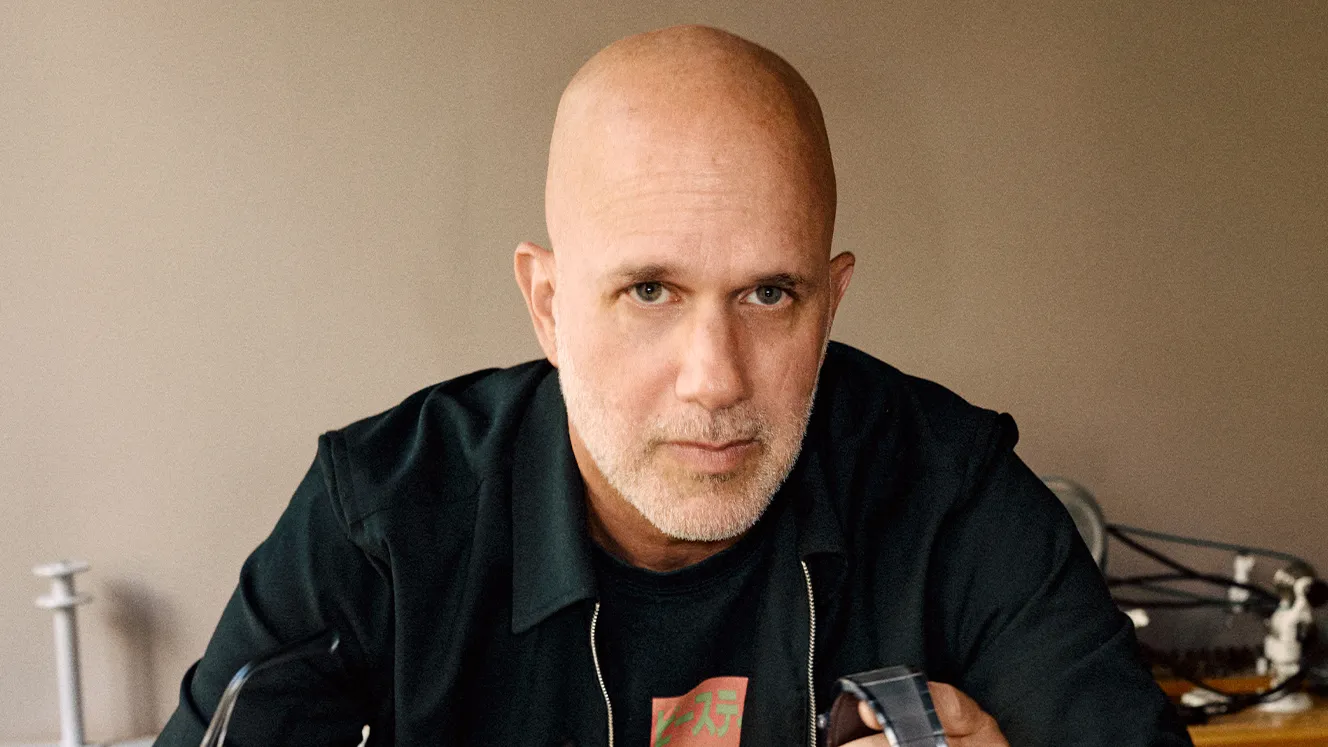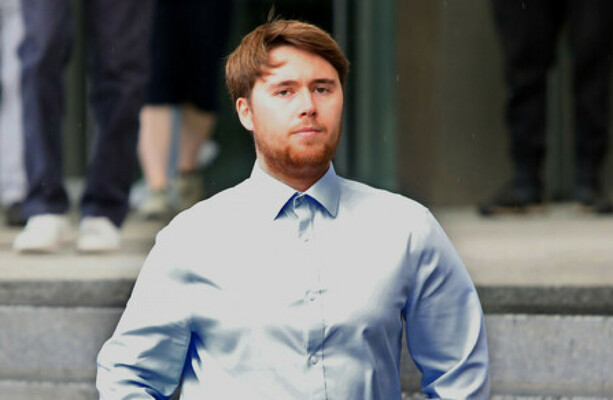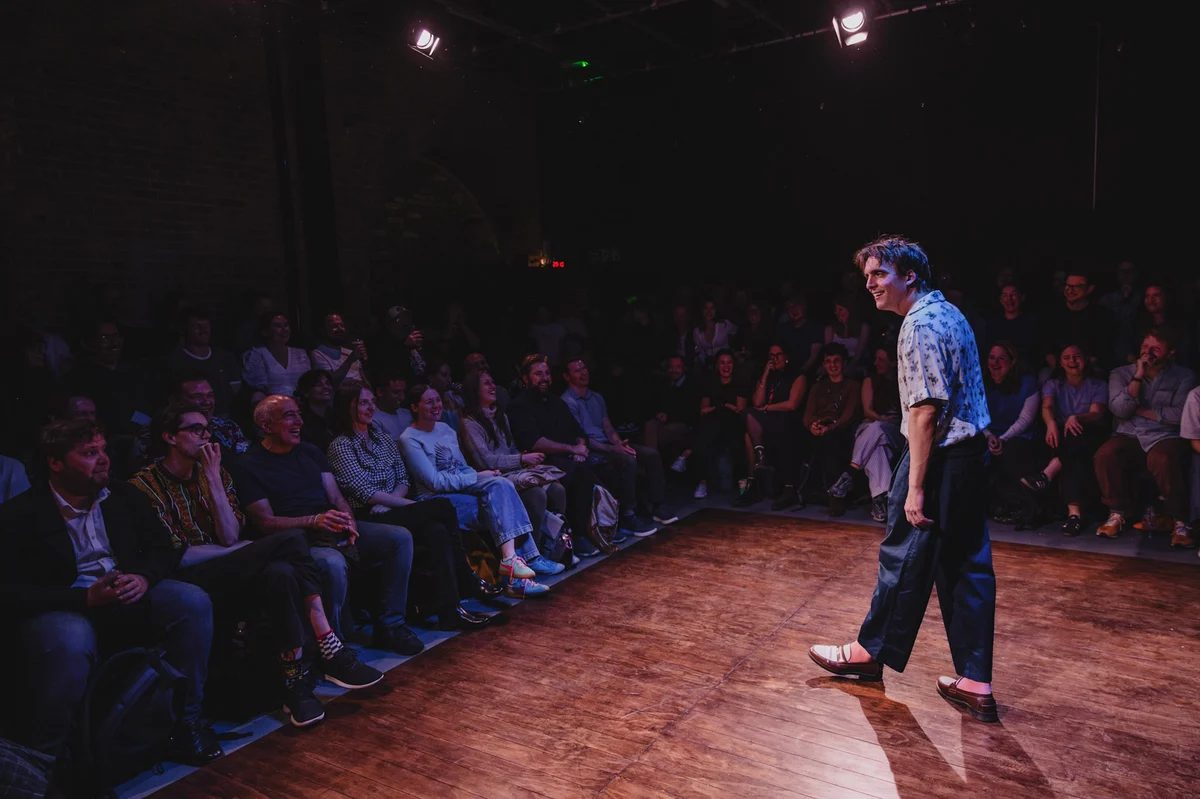Copyright gq

That gift was a token of appreciation for something Lamar had done a few months prior. In May 2022, John Mayer had just left a dinner in New York with Friedman, who was then serving as Audemars Piguet’s head of complications (horological--speak for the extra functions of a watch), when the musician decided to listen to Lamar’s just--released album, Mr. Morale & the Big Steppers. As the track “Rich Spirit” played, Mayer couldn’t believe his ears: “AP, Michael Friedman, my friends cooler,” Lamar raps. Mayer was the first to break the news to Friedman. “You got a Kendrick shout-out!” Mayer remembers relaying. “What’s cooler?” The name-check confirmed something most watch insiders already knew: Friedman is one of the best--connected and most influential people in the industry. Now, following nearly a decade at Audemars, including six years as the company’s historian, Friedman is launching his own watch brand. It’s called Pattern Recognition—named not for the cult William Gibson sci-fi novel but the actual cognitive process, which Friedman studied in a college psych class—and will produce a maximum of 35 pieces a year. The watches are already in high demand, with famous collectors—including the legendary quarter-back Tom Brady—putting their names down to acquire one. “When Michael told me he was launching his own brand, I was beyond excited,” Brady tells me in an email. “I felt pride in watching a true historian turn into a visionary designer. I knew his commitment to legacy, artistry, and innovation would translate into something extraordinary.” I met up with Friedman this past April at Watches and Wonders, the enormous Geneva trade show. The 51-year-old—who looks a bit like Stanley Tucci if Tucci were more interested in tourbillons than tortellini—converses like a Star Trek tractor beam, slowly pulling you in with the fierceness of his passion until you’re fully enveloped and left admiring the twinkling scenery. He’s as interested in the theory of time as he is in watchmaking. Friedman believes timekeeping devices are sacred. Time is our most valuable resource—shouldn’t the objects we use to track it be as beautiful and precious as possible? “The idea that these objects are about more than telling the time has been everywhere throughout history and culture,” Friedman says, referring to ancient sundials and modern atomic clocks that are painstakingly crafted and grandly decorated. Friedman engages everyone—colleagues, academics, friends, strangers—on the subject of time. “While I might not watch Tom play football,” Friedman says, “I’m interested in hearing about what five seconds feels like on the football field.” Pattern Recognition will allow Friedman to explore his high-minded ideas about the nature of time in a watch. The brand’s debut model is the B-Theory, named for the notion that the sequential flow of time is an illusion. Friedman has a unicorn-like ability to find the intersections between fine watches, pop culture, and deep-time theory. “Michael’s the only person I can think of who possesses two traits that usually exist in two separate people,” Mayer says. “You’re either a historian or you’re a technician, and he is a very rare combination of both.” In Friedman’s universe, a watch is never just a time-telling device—it’s a talisman, a manifestation of beauty, an object that connects owners across eras. And sometimes, a watch can even be a dessert. In 2005, a few weeks before Eric Clapton’s 60th birthday, the musician’s wife called up Friedman and asked him to help her design the cake. The showstopping result was rolled out to the center of the party: a massive, edible Patek Philippe ref. 2499, one of the brand’s most important and iconic pieces. (Clapton sold his 2499 at auction for $3.65 million in 2012.) This was long before watches had become an integral part of pop culture, but Friedman was already helping to plant the seeds for their breakthrough among a certain clientele. “You can imagine who’s there,” Friedman says, “and the giant cake is a 2499. Talk about organic influence.” By that stage, Friedman had been working with Clapton for several years. While still at Christie’s, he’d put together a comprehensive catalog of Rolex Daytonas for the guitarist—an especially tricky feat in the early 2000s, when information about rare watches wasn’t yet readily available on the internet. Clapton was so impressed that he hired Friedman on a freelance basis to help guide his collection; eventually, Friedman left Christie’s to take that work on full-time and launch his own consultancy practice. After a decade of consulting, Friedman joined Audemars Piguet in 2013, initially surveying the company’s past as its historian, before receiving a promotion to oversee its complications. At AP, Friedman’s interest in challenging designs pushed through. He helped lead the charge on the brand’s [Re]Master model, which is shaped like a sledding hill with a flat plateau that gives way to a gentle slope—a far cry visually from the brand’s tentpole Royal Oak. Two days before AP announced he was leaving the brand in 2022, Friedman called his friend Nicholas Biebuyck, TAG Heuer’s heritage director, to warn him of the change. “Okay, what’s next?” Biebuyck remembers asking. Even then, the beginnings of Pattern Recognition were taking shape. On the ground at Watches and Wonders in April, Friedman couldn’t go more than a few feet without being stopped by friends and old colleagues who were curious about what he was up to now. Strapped atop his sharp sport coat, Friedman’s messenger bag contained the answer to their questions: the first-ever prototype of his B-Theory watch. Later that day, as we finished up a lunch of gyoza and espresso, he pulled the clunky brass timepiece out of his bag. The watch is untraditional in almost every way. Rather than the typical round shape, the rectangular case flows straight into the bracelet, which makes it feel more like a cuff than a wristwatch. It unfurls like a medieval scroll with what the watchmaker describes as three acts playing out from top to bottom, each representing a chapter in the story of measuring time. A lab-grown diamond is the glimmering stand-in for the moon, “the basis of all of our time,” Friedman says. In the center is a tourbillon, essentially a cage that spins the watch’s movement, which is the engine that powers a watch. This symbolizes human-made machines meant to bring order to nature. At the bottom is a dial with the analog time we measure our days with today. Friedman has spent years working to nail down every detail of the B-Theory. After getting feedback from a small circle of friends on the watch’s size and wearability, Friedman spent months trying to shrink his design. “Every decision [accounts for] between .1 and 1.5 millimeters, and each little decision impacts so many others,” Friedman says. “It’s about making those final choices and then ultimately letting go.” With those decisions now made and the finished 32-mm watch officially in preproduction to launch next year, Friedman is currently mapping out the future of Pattern Recognition. He plans to produce only 30 B-Theory watches in 2026, and no more than 100 total by 2030, when the model will be put to rest. Getting in on the ground floor is a major selling point to those buying in early. “It’s clear this piece isn’t just a watch,” Brady says. “It’s part of a legacy that I’m grateful to be a part of and excited to see evolve.” In Friedman’s view, every watch deserves this kind of legacy. When he gave Kendrick Lamar the watch that Muhammad Ali had touched, he didn’t do so out of a lack of sentimentality—if anything, it was the opposite. That night in Lausanne, Friedman told the rapper, “This was the watch I had on when I met one of my heroes, and now I’m with another one of my heroes.” The timepiece went on to its next chapter: popping up in Lamar and Baby Keem’s smash-hit “Family Ties” music video. For Friedman, watches are ultimately totems that can bond people together across generations and cultures. Pattern Recognition is his first attempt, after helping to foster today’s fervent collecting culture, to produce a watch that lives up to his own lofty ideals. In every millimeter of the B-Theory’s taut frame, you’ll find a lifetime of obsessive passion that’s been whittled down to the finest of points. Cam Wolf is GQ’s watch editor. A version of this story originally appeared in the November 2025 issue of GQ with the title “The Watch World’s Secret Weapon Is Going Solo”



